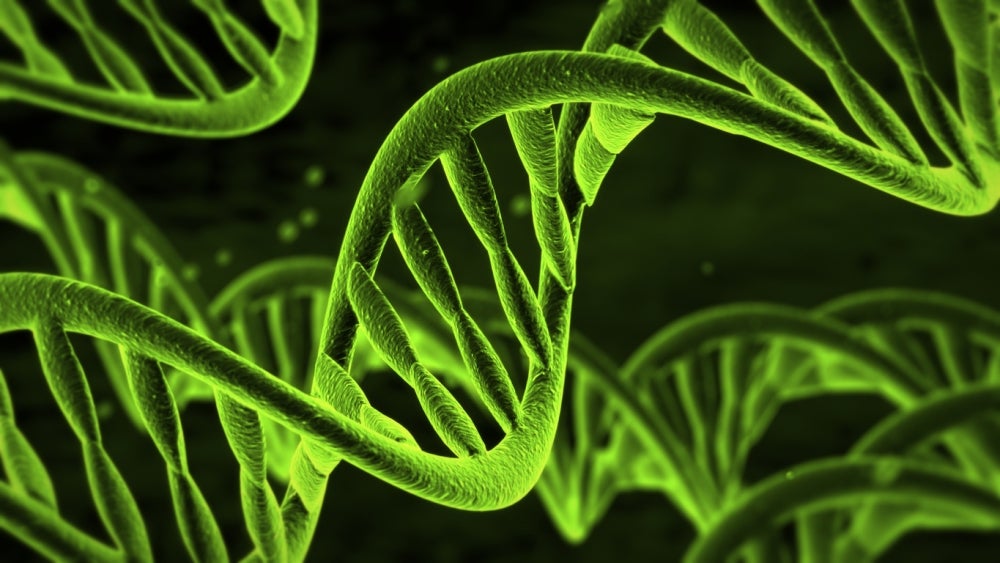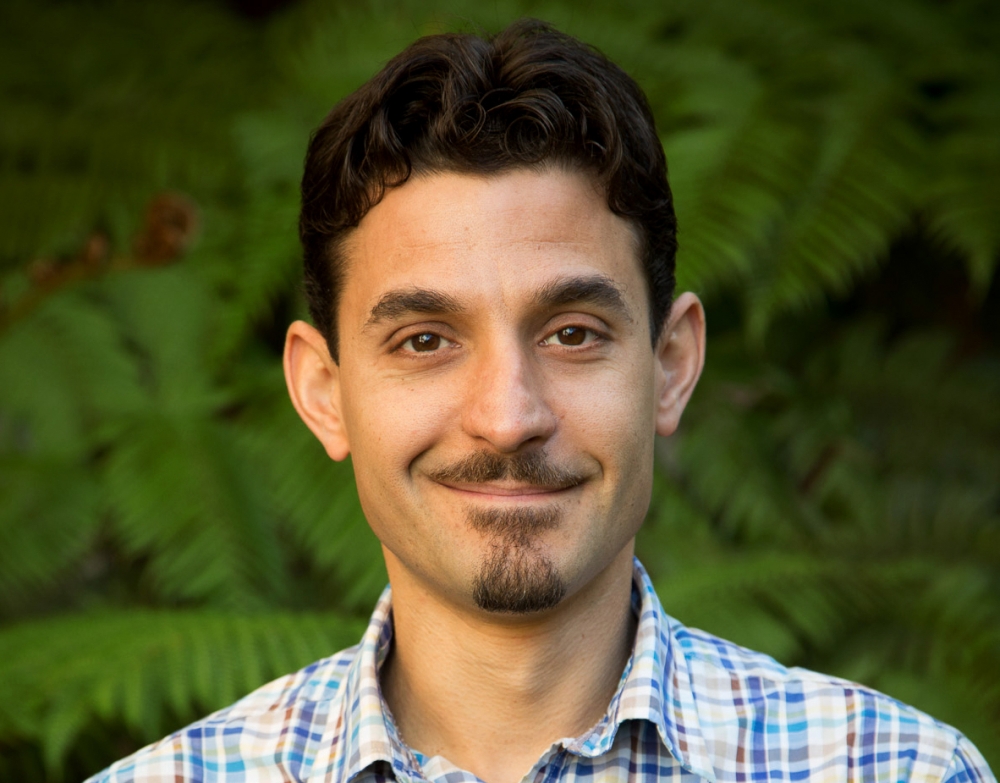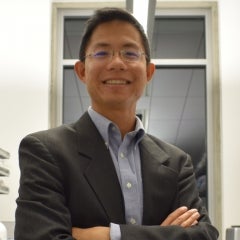
Pseudolife


For UC Santa Barbara materials scientist Omar Saleh and synthetic biologist Enoch Yeung, there is no machine or material more inspiring and innovative than living tissue, no process more fascinating than life.
“The most biologically important thing that happens in the cell’s nucleus is that there are genes, the genes get read and turned into proteins and you get all of the functions of the living thing, through reading out those genes,” Saleh said.
Indeed, everything we do is the result of multitudes of tiny, highly sophisticated processes within our cells: gene transcription, sensing, signaling and even structural changes to carry out their functions. Each one of these processes affects, and is affected by many other processes; the resulting give-and-take means the various processes act as a feedback system.
It’s this feedback system — honed over millions of years of evolution, and responsible for all our fine-tuned biological processes — that intrigue Saleh and Yeung. And, with a three-year, $1 million award from the W.M. Keck Foundation, they and their teams will be able not only to investigate some of the fundamental aspects of these cellular processes, but also to develop a synthetic system that exploits genetic feedback to create dramatic structural outputs — shape changes, phase transformations and perhaps even movement.
“We’re obviously very excited,” said Saleh. The researchers’ project is so new and innovative, so off-the-beaten-track, that support from traditional sources was more than the usual challenge to get. Then the Keck Foundation stepped in.
“We are extremely proud of Omar Saleh and Enoch Yeung for receiving this W. M. Keck Foundation award, which enables them to advance their research at the frontier of combining genetic feedback and synthetic systems,” said Rod Alferness, dean of the UCSB College of Engineering. “We will be watching with excitement to see how these innovative young researchers move forward with their groundbreaking work.”
In living cells, chromatin — the combination of DNA and proteins found within the nucleus of the animal cell — is where the magic happens. Chromatin can undergo large structural changes during a cell’s life cycle, changing from being tightly packaged, like a thread coiled on a spool, or more loosely packaged, like a garden hose spread out on the lawn.
“The thing we’re really excited about is the idea that in chromatin in the nucleus, the structure is an autonomous system where there are genes in it, and the genes get read and then the products of the genes go back and change the structure of the chromatin, which can in turn affect whether or not the genes get transcribed,” Saleh said. The proposal, he added, is to create a biomimetic system in which genes are embedded within liquid droplets of DNA, forming a self-regulated feedback loop in which genetic activity controls the structure of the droplets.
For Yeung, the interplay between liquid-solid phase transitions and gene expression dynamics is a particularly intriguing mystery. Biological phase transitions — our tissues go from liquid to solid, for instance, during embryonic growth and development — are still relatively little-understood phenomena that the researchers hope to be able to put into a firmer quantitative and mechanistic context by studying this proposed model system.
“There is a fascinating feedback loop between these two processes that are fundamental to how genes decide to switch on and off inside of single cells,” Yeung said. “If we can accurately predict how this feedback occurs and engineer synthetic chromatin processes that mimic natural ones, we will be looking at a computational link between a biological genotype and an observed quantitative phenotype.
“That will be really transformational,” Yeung continued. “Phenotypes are typically categorical in nature, but using a combination of biophysics, dynamics and machine learning algorithms, we aim to discover models that quantitatively predict biological mesoscopic and macroscopic properties.”
“We have already learned how to control this process somewhat,” Saleh said. “We design essentially at the nanoscale — we engineer pieces of DNA by controlling their base sequence, so as to form custom designed nanoscale DNA particles whose physical properties lead them to form liquids when they stick to each other rather than solids.”
By synthesizing DNA pieces with specific genetic instructions, driving them out of equilibrium with enzymes and causing them to interact with one another, the researchers hope to create some interesting and somewhat bizarre behaviors out of these proto-cells, including the appearance and disappearance of liquid droplets and motion.
The project is still in its initial stages. Saleh and Yeung also are looking to bring on a postdoctoral researcher or two interested in this exciting new field, as this endeavor promises to yield more fundamental knowledge of future smart materials that self-regulate and are autonomous. While that concept is farther down the line than the reach of the current effort, Saleh said, it “opens the possibility of extremely smart devices that talk to tissue.”
Additionally, according to Yeung, mapping the interplay between phase transition and gene expression and tying theory to experiments would result in a great leap forward for synthetic biology. It’s a field in which scientists, inspired by living processes, design biomolecular components and systems that perform specific, useful functions. Examples of this include bacteria and proteins that fluoresce in the presence of specific substances and industrial enzymes created to produce lactose-free milk.
“Current design approaches still rely on screening large mutant libraries for a desired functional outcome,” Yeung said.”It would be neat to develop tools that work well with the large-scale pooled synthesis methods out there, to accelerate successful design.”
Based in Los Angeles, the W.M. Keck Foundation was established in 1954 by the late W. M. Keck, founder of the Superior Oil Company. The Foundation’s grant making is focused primarily on pioneering efforts in the areas of medical research, science and engineering and undergraduate education. The Foundation also maintains a Southern California Grant Program that provides support for the Los Angeles community, with a special emphasis on children and youth. For more information, please visit www.wmkeck.org.



